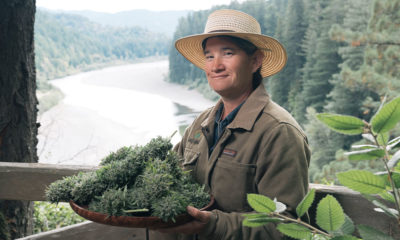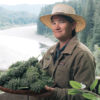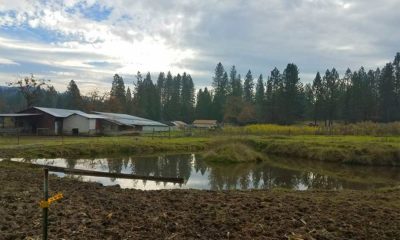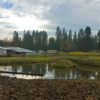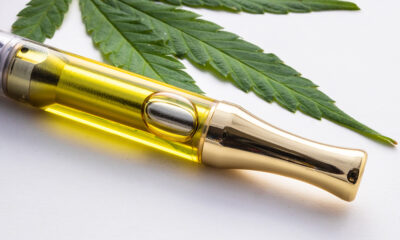
Sponsored
Growing Cannabis Outdoors: Good Yields from Bad Weather
Learn how to protect your plants from the elements and implement techniques for getting the best harvest, even when the weather is working against you.
Growing cannabis outdoors is the most natural way to grow your own. Your crops receive free energy from the sun, and their roots have more room to expand in the ground. This usually means plants grow bigger and stronger, with higher yields of more potent, tastier bud.
That said, we’re not all blessed with perfect weather. Some growers must risk heavy rain and brisk winds. Some places are colder than others, and some are too hot!
This article explores how to get the best harvests, even when the odds are against you. We’ll look at your choice of seeds, where to plant them, and how to protect your plants from all but the severest of weather.
Protecting Your Cannabis From the Elements
Weather can be unpredictable, no matter what climate you live in. This means cultivators must be able to adapt quickly and effectively. Learning how to protect your cannabis crops from the elements is an essential step for any budding grower.
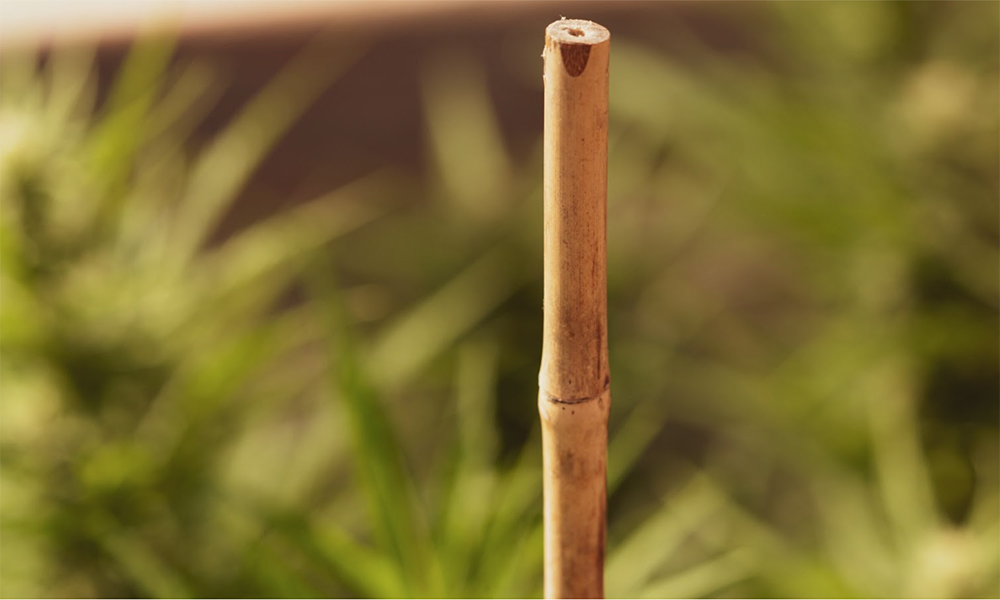
Wind
A little wind is vital to a healthy growing environment. It helps strengthen stems for future colas and reduces moisture. However, too much of it can break branches and injure your crops.
To protect your cannabis from intense winds, we suggest sowing your feminized seeds near a wall or hedge, to act as a windbreak. Alternatively, you can erect poles next to each growing plant, securing them with string to give your crops extra support.
Cold
Temperatures below 53 degrees Fahrenheit can devastate your cannabis plants. The cold slows down your crop’s metabolism, damages the root system, and can increase the chance of mold.
To combat low temps, we suggest placing frost covers over your outdoor crops to protect them during the night. You can also install heat mats to keep the soil around your plants warm, and to stop the ambient temperature from dropping too low.
If you’ve planted your weed seeds in pots, you could move them inside when the temperature gets too cold. Another trick is to use autoflower seeds. They’ll mature quickly and won’t need as much exposure to sunlight.
Humidity
High humidity encourages diseases like powdery mildew and mold. One way to help prevent these issues is by watering your plants at their base instead of spraying the leaves. This technique reduces the amount of water held around the leaves and buds.
If you notice white powder or spots on your plants, you should act quickly. Grab a bottle of plant protectants and spray your cropsbefore the illness spreads. In severe cases, you should cut off any infected areas.
Another method you should regularly practice is trimming the foliage, especially when growing seeds from the indica category. As mentioned earlier, this technique increases air flow and reduces moisture around the leaves.

Heat
Marijuana plants love warm conditions, but they become susceptible to health problems when temperatures exceed 95 degrees Fahrenheit. Some signs of overheating include leaves curling and drying out.
There are several ways to maintain a comfortable environment for your cannabis crops, despite the heat. These methods include:
- Watering in the morning or in the evening to ensure proper water retention.
- Erecting a shade cloth over your plants to keep them away from harsh sunlight.
- Placing your potted weed plants inside a second larger pot to create a buffer zone that keeps the roots cool. Avoiding cold water for feeding, as the difference in temperature could shock your plants.
- Using coco coir when planting your weed seeds, as this growing medium helps to retain water and stops the roots from becoming overheated.
Top Tips for Growing Outdoors
Through years of trial and error, the Homegrown Cannabis Co. has learned many tricks to get the most from their outdoor cannabis crops. While experience comes from hard work and dedication, every cultivator needs a good foundation; these tips should help.

Choose the Best Genetics
When it comes to growing cannabis, it’s in your best interest to purchase quality marijuana seeds that you can rely on. Failing to do so will only lead to further issues down the line, like poor quality plants and dismal yields.
Remember that quality and pricearen’t the same thing. There are loads of places to find cultivars to suit your budget and skill level.Look at Homegrown Cannabis Co.’s BOGOs section if you aren’t convinced.
Find an Optimal Location
We suggest reading through the requirements of a particular cultivar and ensuring the spot you’ve chosen offers everything it needs. If it doesn’t, you’ll need to find a better location for your crops. Understand the pros and cons of pests.
Not all insects are pests. Some creatures can help your crops stay healthy by eating harmful ones. Here are a few techniques you can use to protect your cannabis plants:
- Introduce some beneficial insects like ladybugs and praying mantis.
- Erect netting around your crop to keep birds away.
- Move beneficial plants like lavender and basil closer to your crops.
Regular Maintenance is Key
Cannabis isn’t the type of plant you can leave for months and return to find a bountiful harvest. You need to give your crops regular attention and care if you hope to reap the benefits. Check in on them every day and trim the lower leaves to assist with ventilation.

Use Quality Fertilizers
Cannabis plants don’t just need water to grow and stay healthy; they also require high-quality nutrients. We recommend buying a bag of organic fertilizer to give your crops what they need
More Bud for Your Buck
As you can see, there are numerous ways to ensure you reap great yields, even in bad weather. All it requires is a bit of planning and regular attention. At the end of the day, your harvest is a direct representation of your effort.
Consider keeping a record of your plants’ journey with a Homegrown Diary. This will become a priceless source of real data specific to your grow. You can also join the Homegrown Cannabis Coompany’s Homegrown Forum, where you can ask their experts and friendly community for assistance. Homegrown’s Youtube channel also features hundreds of videos covering all types of cannabis needs.
Good luck and never stop growing.



